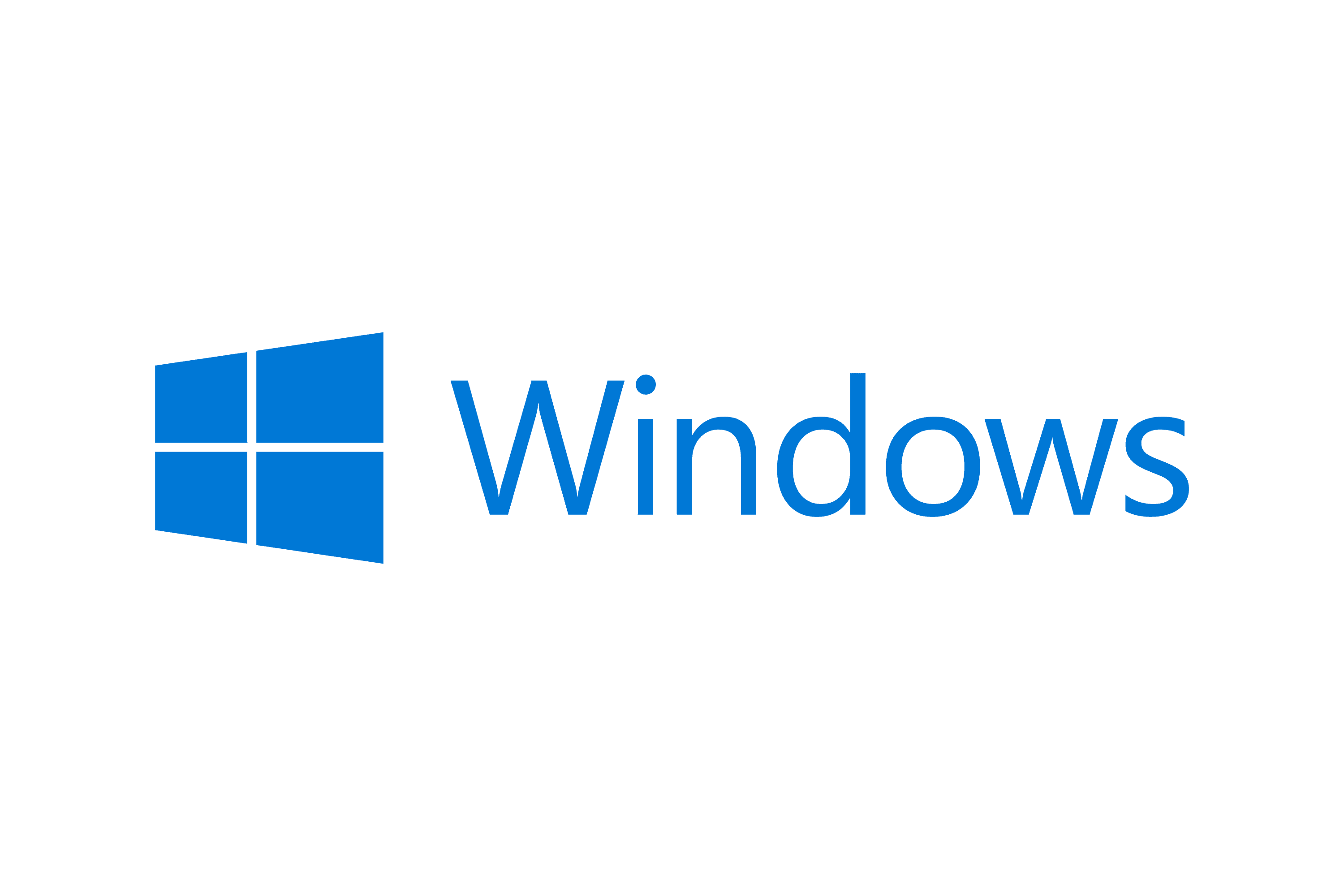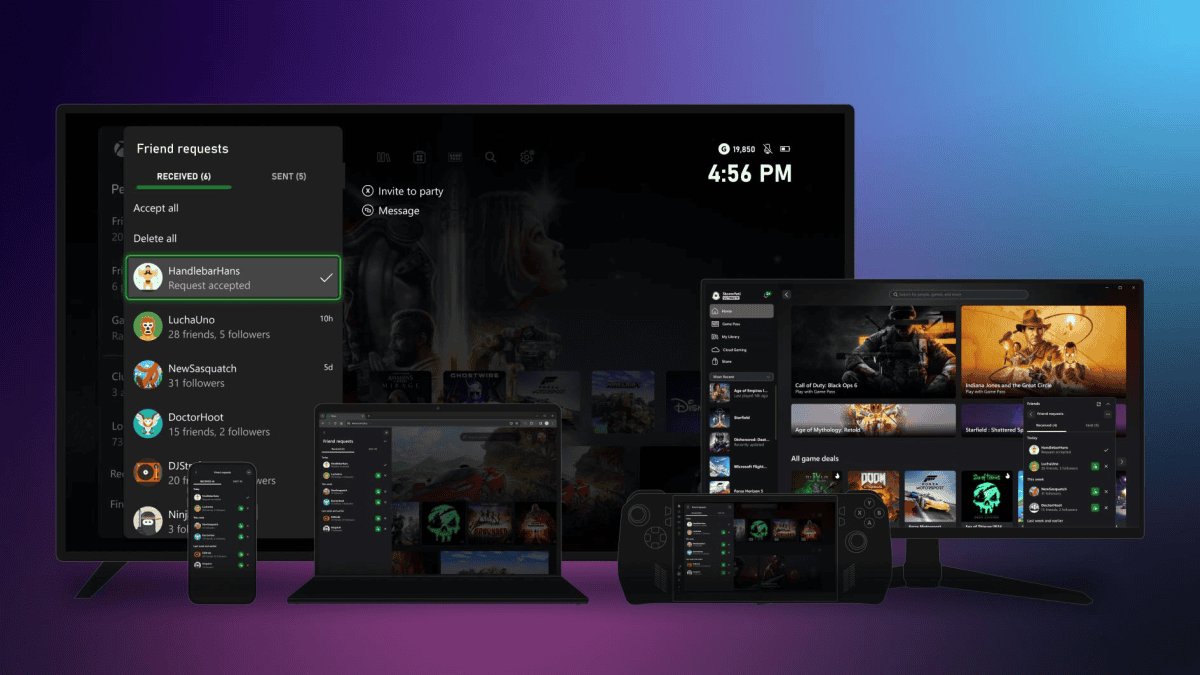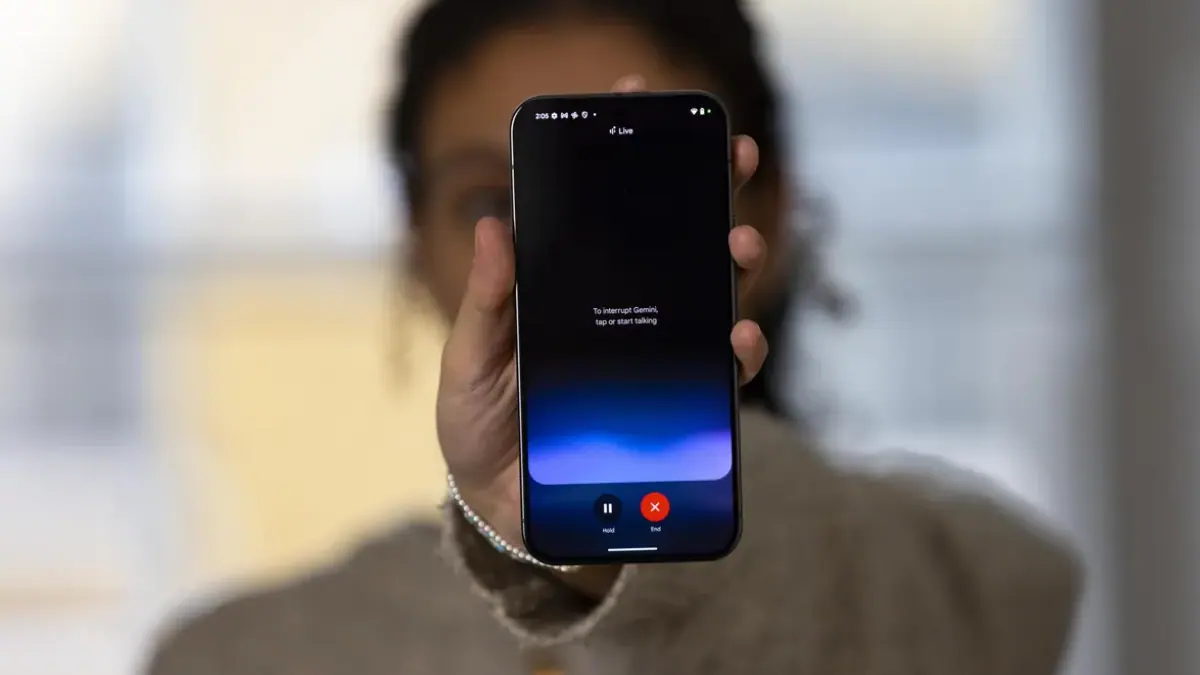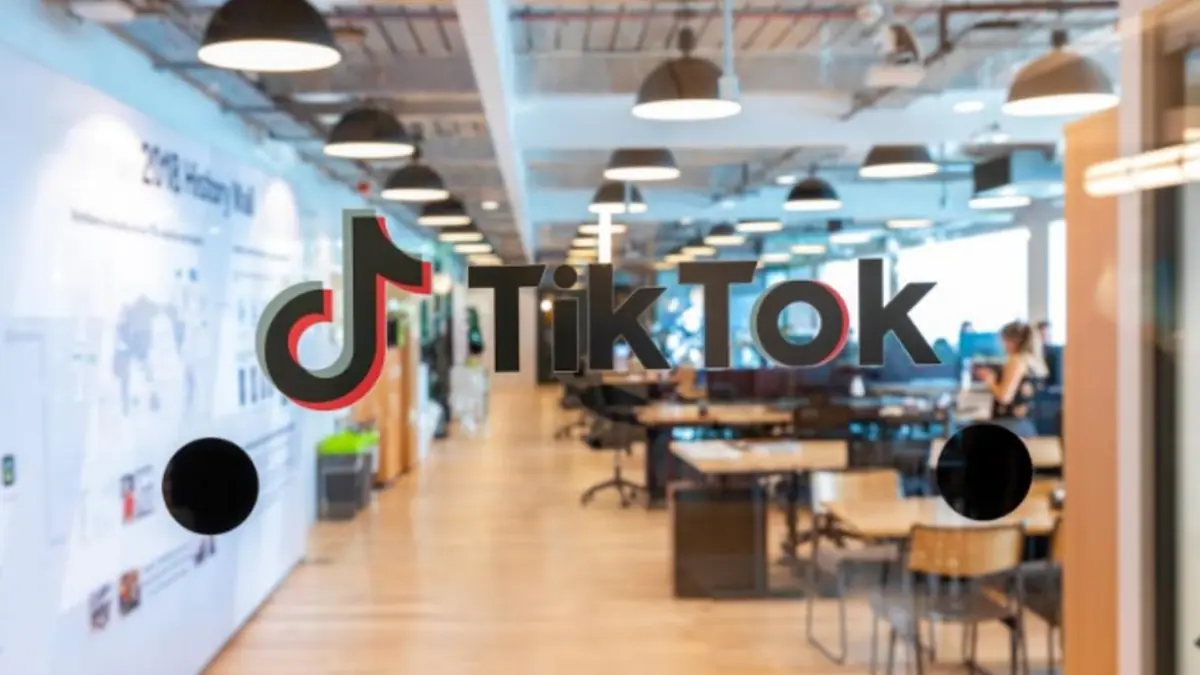Microsoft fixes disappearing Windows desktop, Kerberos auth issues
2 min. read
Published on
Read our disclosure page to find out how can you help MSPoweruser sustain the editorial team Read more

Microsoft confirmed an issue on Windows 10 systems causing the desktop or taskbar to temporarily disappear or even freeze. The Redmond company initially suggested a workaround for the issue through a simple reboot of machines, but a fix is now available via Known Issue Rollback (KIR).
“You might experience an error in which the desktop or taskbar might momentarily disappear, or your device might become unresponsive,” the company described the situation of Windows 10 client releases affected, including Windows 10, version 22H2; Windows 10, version 21H2; Windows 10, version 21H1; and Windows 10, version 20H2.
“This issue is resolved using Known Issue Rollback (KIR). Please note that it might take up to 24 hours for the resolution to propagate automatically to consumer devices and non-managed business devices,” Microsoft says in a post and also suggests a restart on Windows devices to apply the resolution faster. “For enterprise-managed devices that have installed an affected update and encountered this issue can resolve it by installing and configuring a special Group Policy. The special Group Policy can be found in Computer Configuration -> Administrative Templates -> <Group Policy name listed below>.”
On November 13, Microsoft also opened the issue about sign-in failures and other issues related to Kerberos authentication. The problem started due to November Patch Tuesday’s cumulative updates. Now, solutions for the issue are here through out-of-band updates, which are only available via the Microsoft Update Catalog. This means they won’t be offered through Windows Update and install automatically.
“This issue was resolved in out-of-band updates released November 17, 2022 for installation on all the Domain Controllers (DCs) in your environment,” explains Microsoft. “You do not need to install any update or make any changes to other servers or client devices in your environment to resolve this issue. If you used any workaround or mitigations for this issue, they are no longer needed, and we recommend you remove them.”
Microsoft is already offering cumulative updates for installation on Domain Controllers and standalone updates for Windows Server Update Services (WSUS) and Microsoft Endpoint Configuration Manager. However, the company stresses in its announcement that the fix for Windows Server 2008 R2 SP1 platform has yet to be made available.








User forum
0 messages